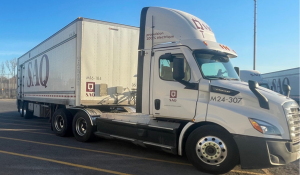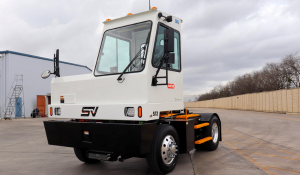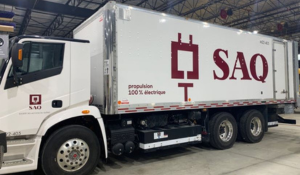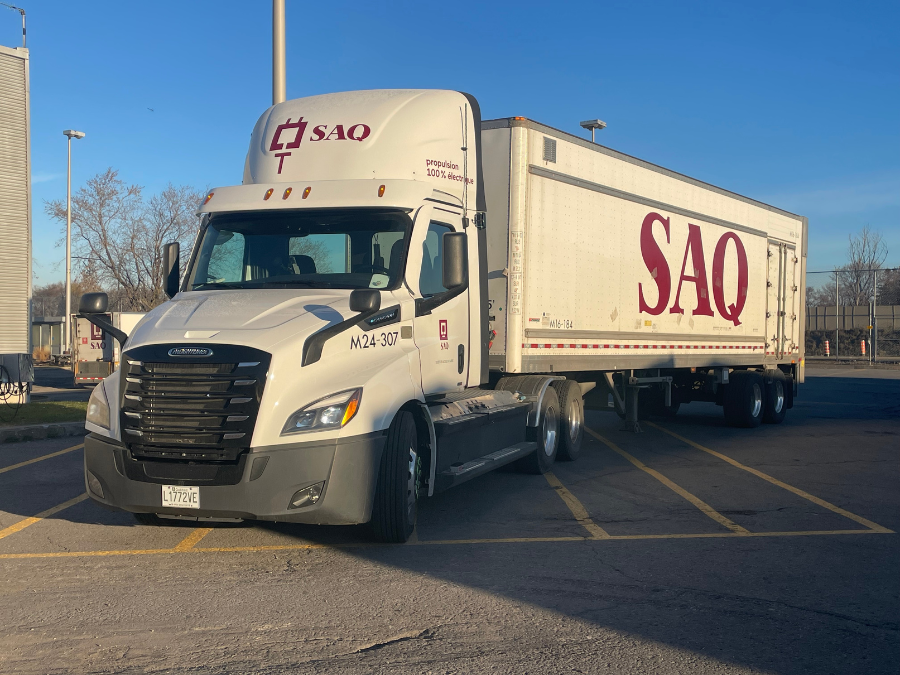Every day, our trucks travel the length and breadth of the province to deliver products to our 410 stores and 423 other points of sale. To reach our decarbonization goal, we need to transition to less polluting fuels, including renewable compressed natural gas (RCNG), and gradually electrify our vehicle fleet.
Replacing nearly 50 trucks by 2030 with zero or low-emissions vehicles should alone result in a 60% reduction in greenhouse gas (GHG) emissions from our fleet. We will require different types of vehicles, including delivery trucks, road tractors and yard tractors. To date, we have acquired a Freightliner eCascadia road truck, with a yard truck slated to arrive soon.






We have been testing several vehicle technologies from various manufacturers to find the ones that best meet our needs. A compressed natural gas-fueled truck was also tested as an possible option while waiting for the electric vehicle offer to improve.
Although new trucks are being gradually integrated into our operations, we are maintaining our energy efficiency efforts by optimizing delivery routes and encouraging fuel-efficient driving.
Measuring our GHG emissions to better reduce them
In recent months, we’ve set up a decarbonization committee, which will soon have a new GHG inventory at its disposal for implementing the best targeted and most effective emission-reduction strategies for ensuring that we meet our decarbonization goal for 2040.
 Access to SAQ Inspire personalized services and store inventories are unavailable at the moment.
Access to SAQ Inspire personalized services and store inventories are unavailable at the moment. Free in-store delivery with purchases of $75+ in an estimated 3 to 5 business days.
Free in-store delivery with purchases of $75+ in an estimated 3 to 5 business days. 










